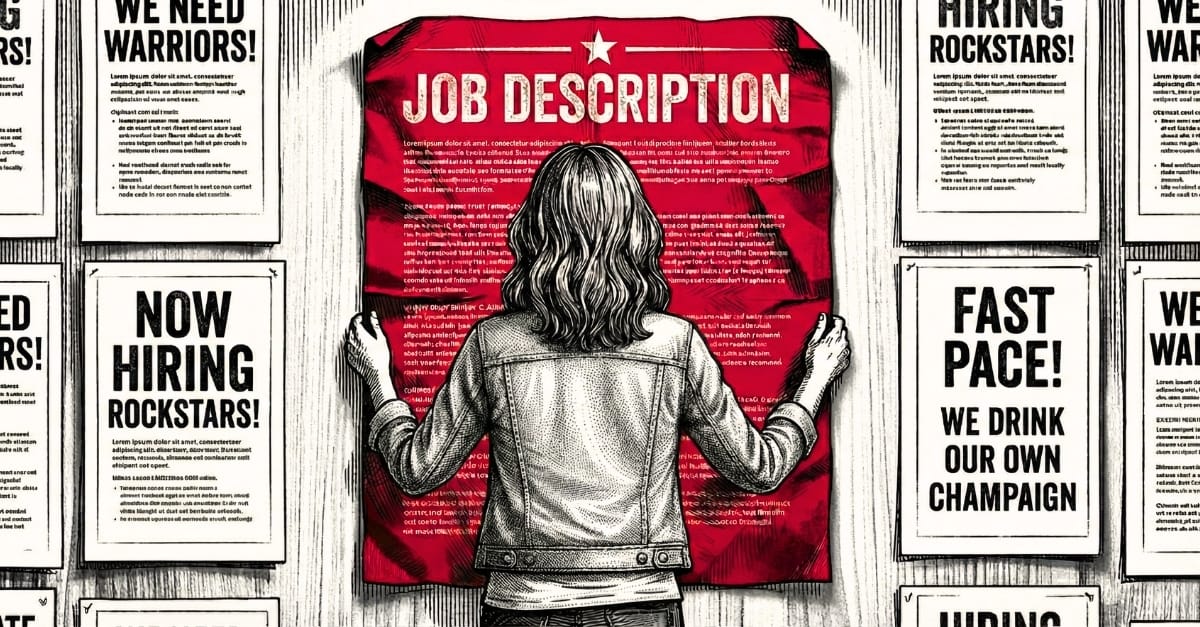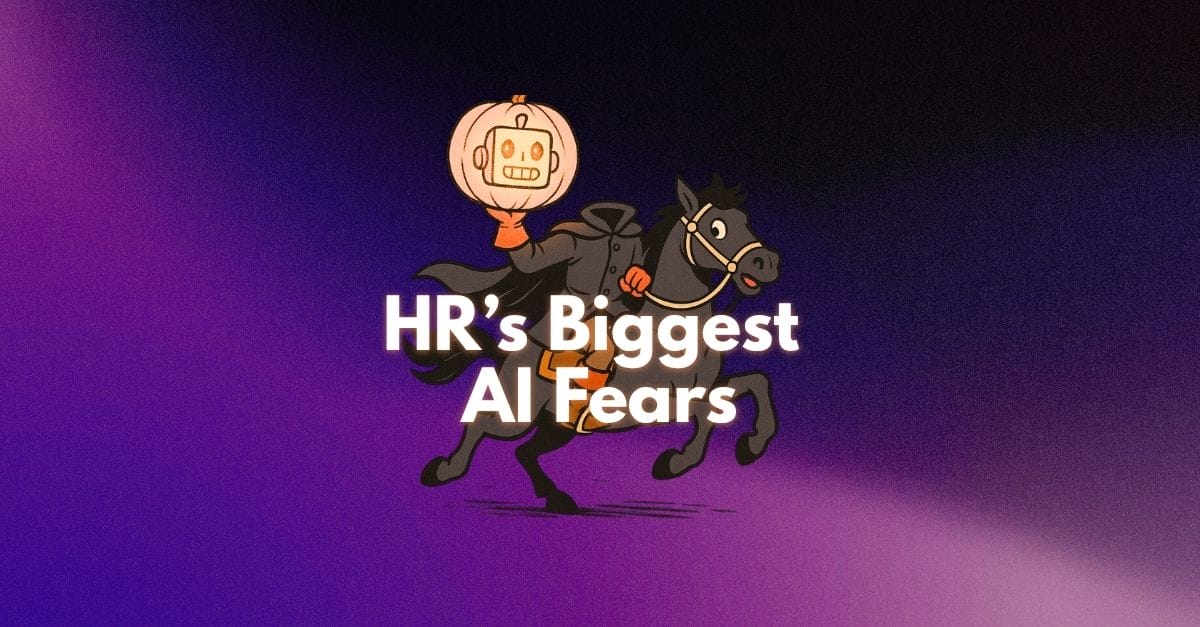Talent shortages aren’t new to HR teams. What is new, however, is the way forward-thinking companies are adapting in the face of those shortages.
Many companies believe they can just “stay the course” through a bad labor market and come out unscathed. What those businesses fail to realize is that the very nature of hiring is evolving—and fast. Fail to make the necessary adjustments, and those talent shortages will only grow.
To attract top talent, your business should be exactly that: attractive. Work is on trial, and your candidate pool is the jury. Your employer brand must be impeccable, and that means going the extra mile to show candidates you understand their plight. No more ghosting because a person wasn’t the right fit. Instead, show them you care about their future—regardless of whether or not it’s with your company.
How exactly do you show that compassion? You model empathy, honesty, and transparency throughout the hiring process. From job posting to offer letter, your candidate experience needs to be best-in-class. Settle for second, and your talent will reflect that fact.

Solve with your senior leaders.
If you don’t have that sterling four- or five-star Glassdoor rating, now’s the time to cultivate it. Doing so requires a keen eye toward what works well at other organizations and what doesn’t. It also requires buy-in with your executive leadership, and renewed investment in the candidate experience.
But how can HR reps quantify—and communicate—the importance of that experience in terms of dollars and cents? Start by calculating the cost of employee turnover. Regardless of which tool or formula you use, the point is to put a number to the problem.
Calculate the cost of losing employees, as well as the cost of mis-hires. Armed with this data, you put the problem (or potential problem) in perspective, while highlighting the direct relationship between talent decisions and the company’s bottom line.
Every hire is pivotal—no matter the business or position in question—and mis-hires lead to costly turnover. But a hiring process that’s bolstered by behavioral data is both more objective and more sustainable.
Want to learn more ways you can elevate HR’s standing within the business?








